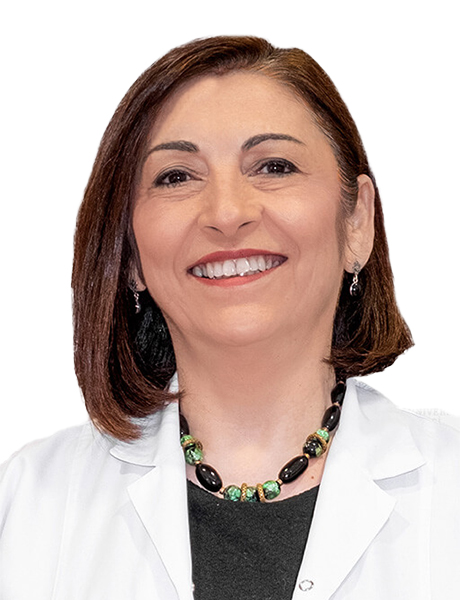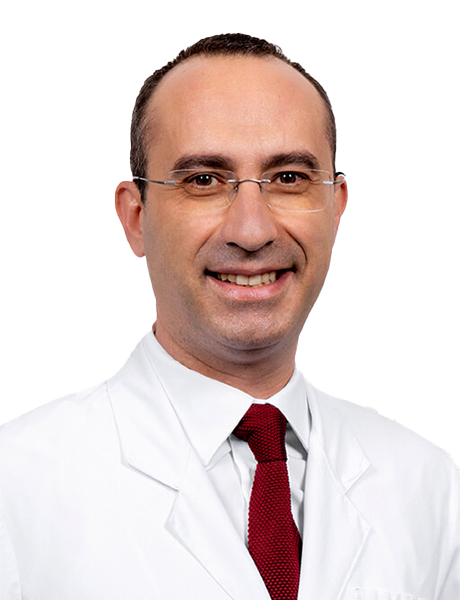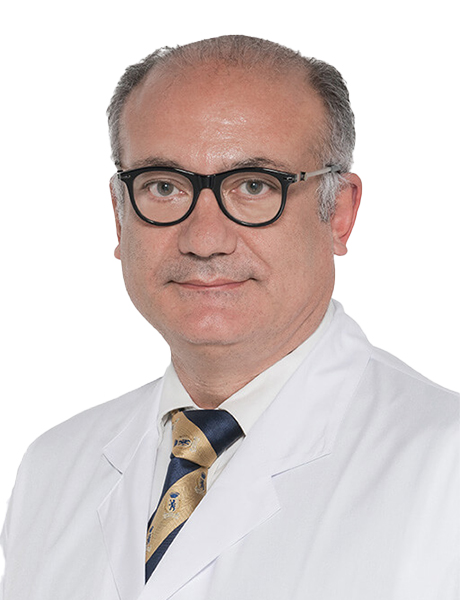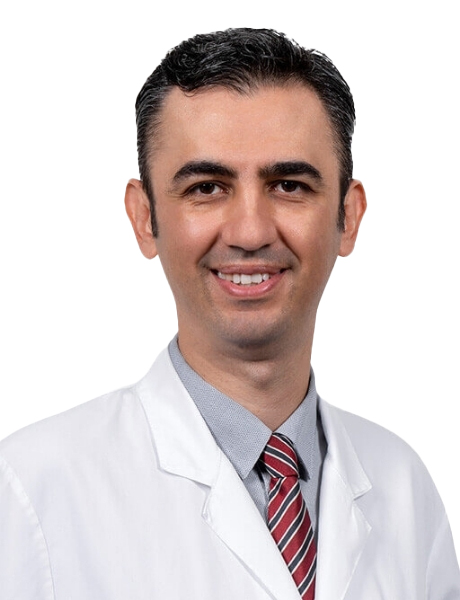Koç University Hospital
Koç University Hospital began operating in September 2014 as the training and research hospital of Koç University.
Located in the Koç University Health Sciences Campus in Topkapı, Istanbul, the hospital’s mission is “to apply contemporary medical approaches at the highest quality and in a transparent manner.” Covering an area of 220,000 square meters, the Health Sciences Campus includes the School of Medicine, the School of Nursing, research laboratories, and the “Advanced Learning and Simulation Center.” With its innovative approach and a dynamic team trained to North American standards, the Health Sciences Campus aims to contribute to the development of qualified human resources in the healthcare sector. Students of Koç University’s School of Medicine complete their first three years of education at the Rumelifeneri Campus, and starting from their fourth year, continue their clinical training at Koç University Hospital.
In 2016, the hospital opened its Genetic Diagnosis Center, In-Vitro Fertilization Center, and Adult Bone Marrow Transplantation Center. In 2017, the Gamma Knife (Radiosurgery) unit, Cosmetic Dermatology, Underwater Medicine, and the Hyperbaric Oxygen Therapy Center began operating, along with the launch of the first phase of RMK AIMES. By 2019, the hospital had expanded its capacity to 371 single inpatient rooms, 55 intensive care units, and a total of 49 chemotherapy units. More than 32,200 surgical procedures have been performed in 14 operating rooms.
Since its establishment, Koç University Hospital has provided inpatient treatment to approximately 51,000 patients, nearly 49,600 of whom were international patients, and outpatient treatment to more than 834,000 patients.
The architectural design of Koç University Hospital reflects its approach to patient care and treatment. In line with the principle of transparency, glass has been extensively used in the interior design while maintaining patient privacy. Due to the importance given to research, laboratories have been placed at the center of the hospital complex. Furthermore, spatial separations between disciplines and departments have been avoided, with the aim of creating a holistic system in which clinical practices complement one another, are critically assessed, and operate with a strong team spirit.






